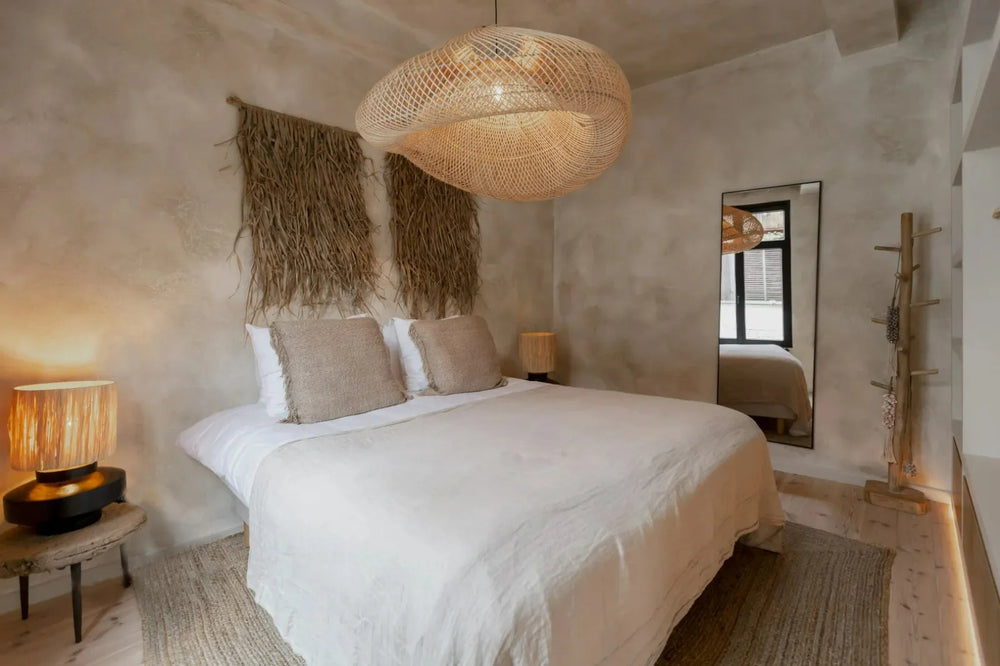
20 May 2025
Space
Holistically look at the entire space of the room that you are looking to re-design; the dimensions of the room, and the layout. Imagine how you will use the room. What will the space be predominantly used for? Then imagine what pieces fit and where they may be strategically placed within the room. Are you trying to maximize the space or make a vast area appear more cosy and homely? These are the questions you should be asking yourself in order to plan your space in order to achieve that professional interior design look and feel in your home. When it comes to furniture placement, styles such as modernism within a small space will avoid overcrowding and make a space feel instantly more spacious.
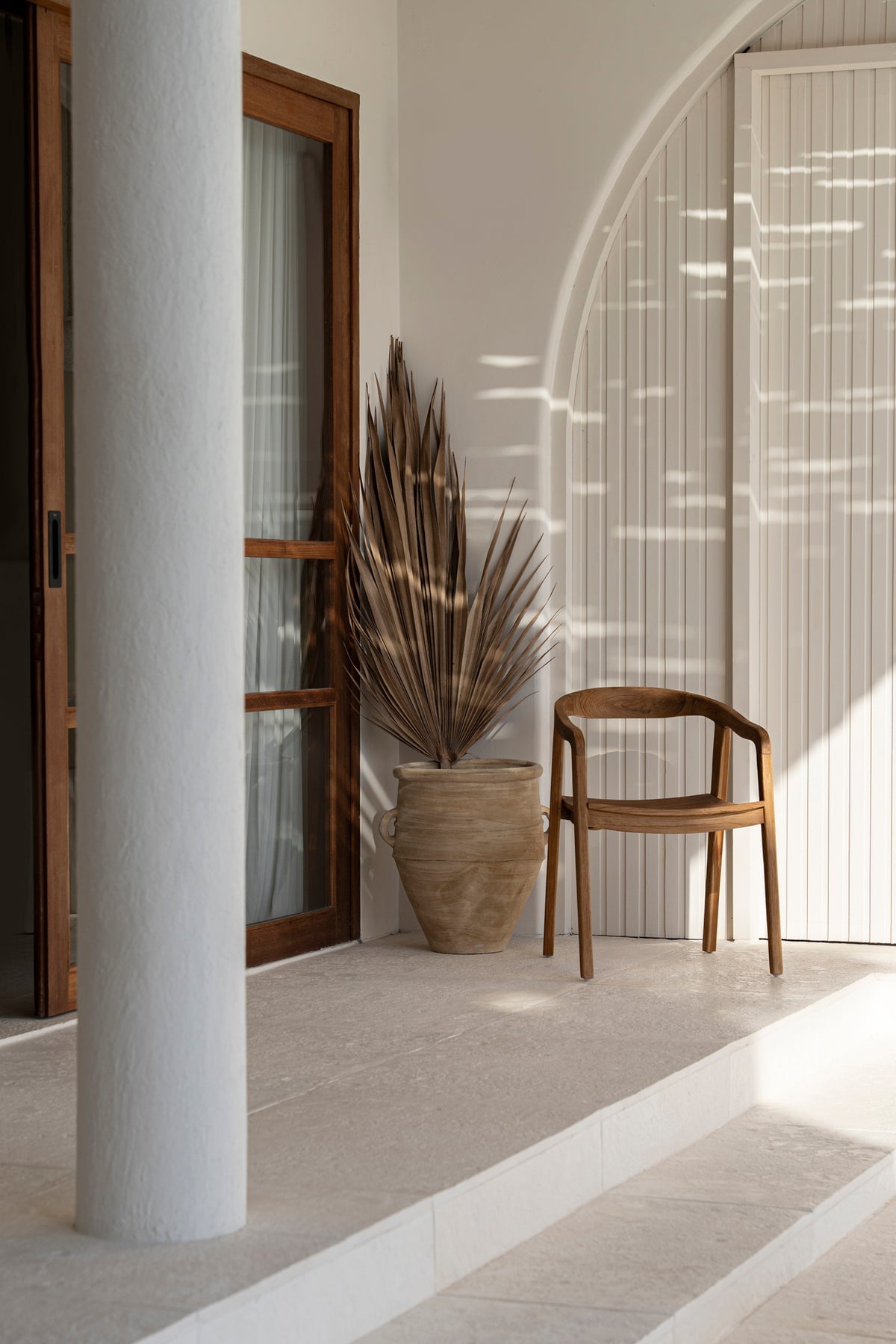
Form
Think about the shape of the room you are designing, as well as the structures within the space, the contents of the space and how these all tie in together and interact with one another. Now we will be looking at things like architectural features such as moulding, architraves, arches and doorways, furniture profiles, curves and edges of the pieces inside the space. Look at how these shapes interact with each other and decide whether they are they compatible or if they look out of place. When looking at form, consideration of balance and proportion must always be prioritised. Strategic placement plays a big part in interior design. Looking at areas of the room that either command attention or need to be toned down.
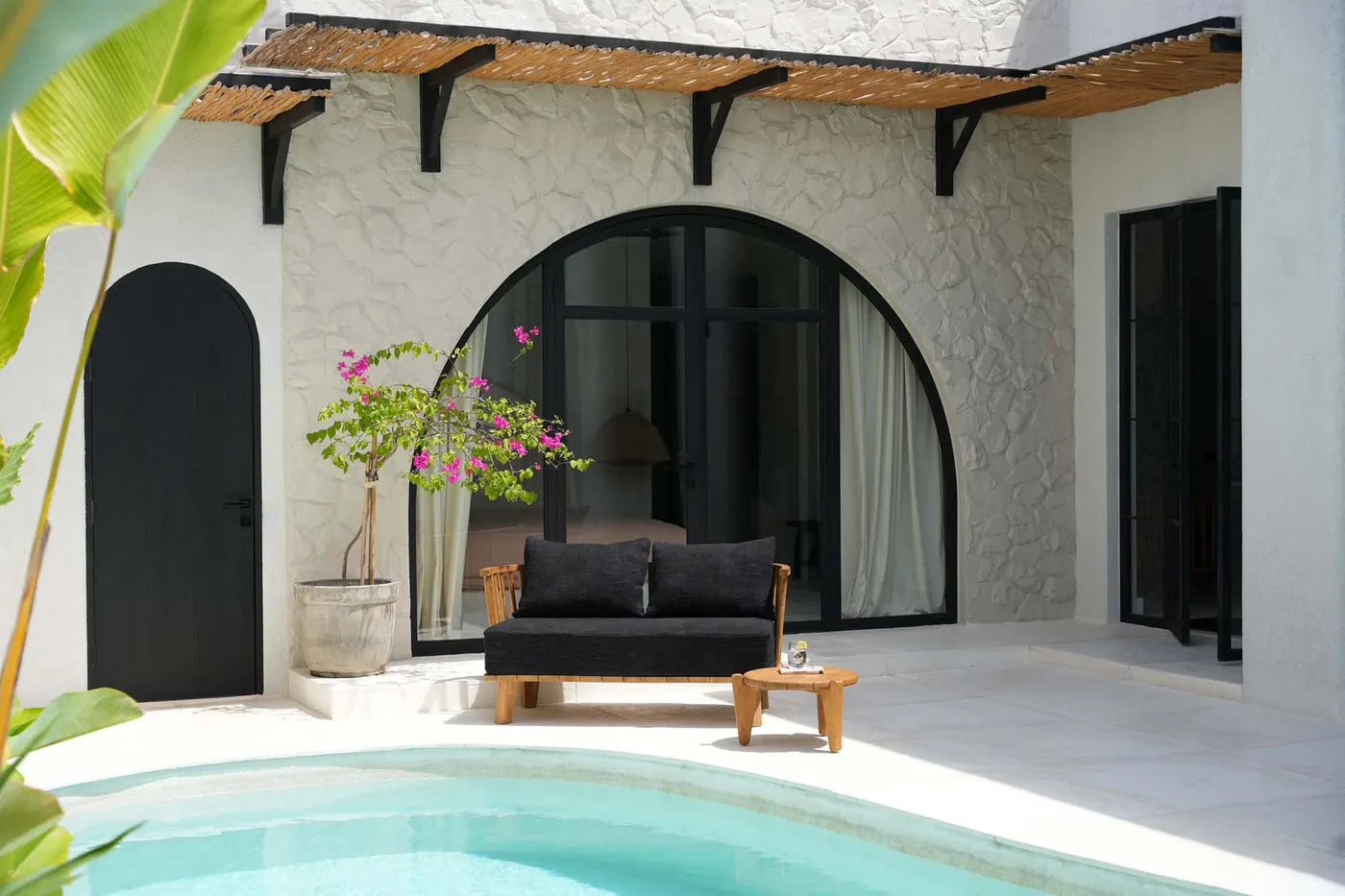
Lines
The lines within a space are essentially setting the boundaries of your room. Lines are where the eyes are drawn to, creating the flow of a room. Horizontal, vertical and dynamic lines help to create interesting spaces that can appear to be a juxtaposition of themes as well as creating natural harmonisation. Perfectly positioning specific pieces of furniture or structures along lines can create dramatic contrasts whilst simultaneously guiding the eye along its path. Comparable to an artist perfectly drawing or painting a horizon. Think of a room as a blank canvas just waiting to be transformed into a masterpiece. Discover whether you like harsh, dramatic straight edges, delicate curved lines, or a combination of both.
-
The Umalas One Seater Sofa - Outdoor_40
Regular price £2,499.95 GBPRegular priceUnit price / per -
The Whipped Pendant - Natural - XXL
Regular price £1,549.95 GBPRegular priceUnit price / per -
The Malawi Two Seater - Natural Black
Regular price £1,317.00 GBPRegular priceUnit price / per£2,195.00 GBPSale price £1,317.00 GBPSale -
The Sky Pendant - Natural - XXL
Regular price £1,249.95 GBPRegular priceUnit price / per
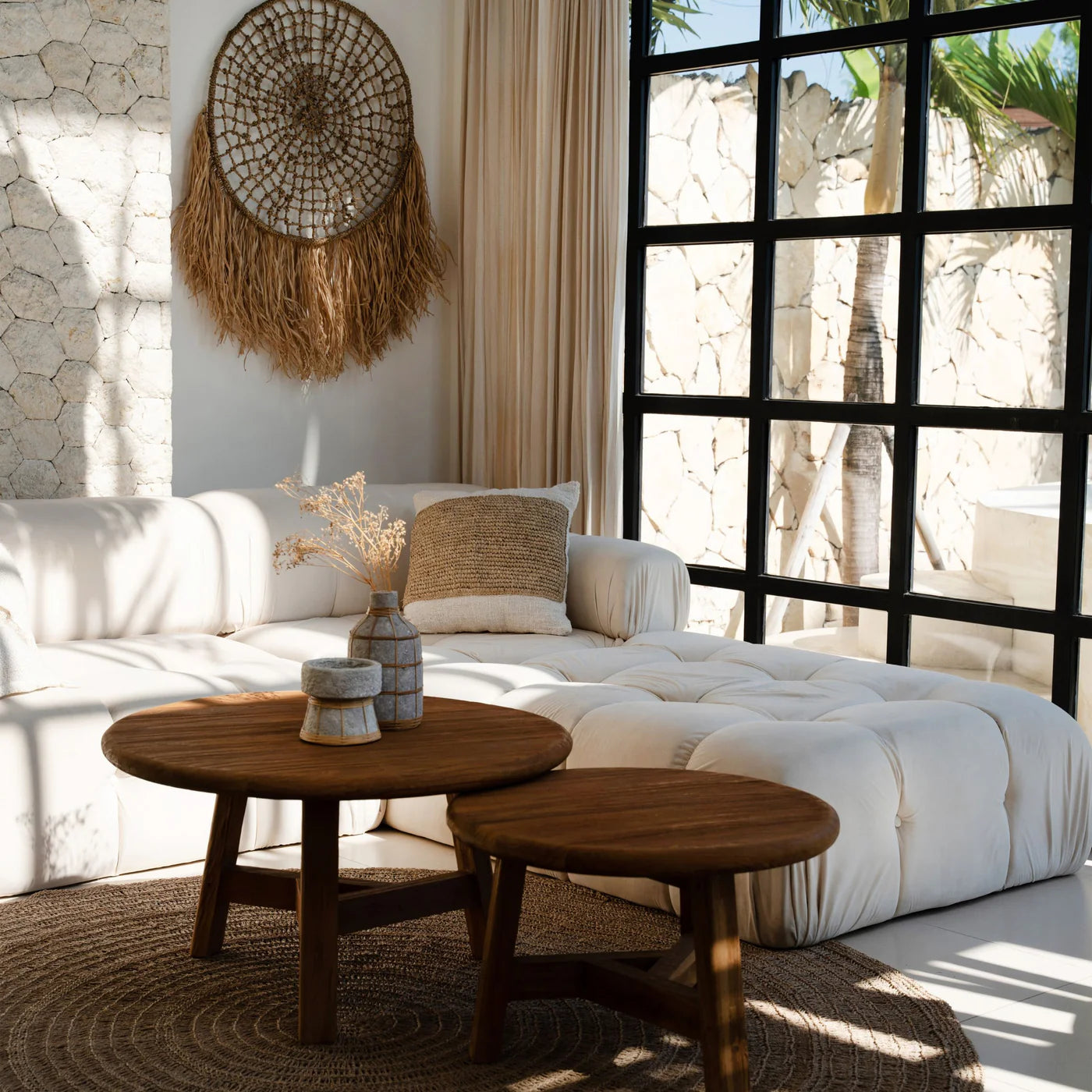
Light
The impact light has on a space is transformative. Think about your space and its functionality. Ambient lighting can be created with dramatic chandeliers or minimal ceiling lights depending on the look you are aiming to achieve. Accent lighting through track lighting, spotlights or picture lights can help to achieve that moody, deliberate effect drawing your attention to specific areas of visual interest within a space. Think about the atmosphere you are intentionally trying to create. Task lighting refers to on demand lighting such as reading lamps, and can be enhanced by adding desk lamps or under cabinet lighting. Lastly, Natural light is extremely important with in a space, opting to install large windows to enhance natural light, particularly within dark living spaces is always a good idea. Bifold doors within living and communal areas can really open up a space to bring the outside in, helping to create a natural zen that radiates throughout your home. It is really important to think about how a room makes you feel, so always try to capitalise on that.
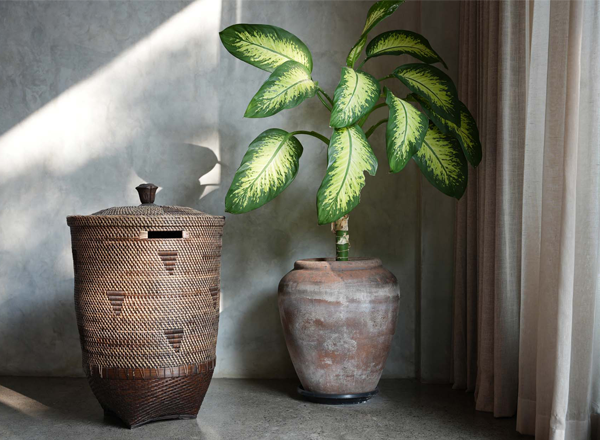
Colour
When you are planning to introduce colour into your space you may consider applying the 60-30-10 rule. This recommends using a dominant colour for 60% of the space, a secondary colour for 30% of the space and an accent colour for the remaining 10% of the space. The 10% could be introduced by adding colourful pieces or objects or soft furnishings such as cushions or furniture such as accent chairs as well as plants and flowers. These can then easily be changed over time for a refresh, or to move with the seasons.
Consider complementary colours as well as analogous colours in order to help create the atmosphere you want to achieve. Colour can be used to transform the appearance of a space, for instance, darker colours can make a space feel warmer, cooler, smaller, larger, shorter, narrower, wider or narrower, depending on tones and how they are used. If you want to make a real statement, try the colour-drenching technique, where the same colour is used on ceilings, walls, woodwork and doors.
Knowing the functionality of the room in advance is how you begin to understand how to achieve your desired effect, this then helps you to visualise your room. Whether you are incapsulating a more natural style with neutral colours or a more colourful space that commands your attention will depend on how you use the space and goes back to how you want the space to make you feel; calm, relaxed, or energised and bright, designing by emotion. Colour can completely alter the atmosphere inside the space, and this will also coincide with the type of light within your room.
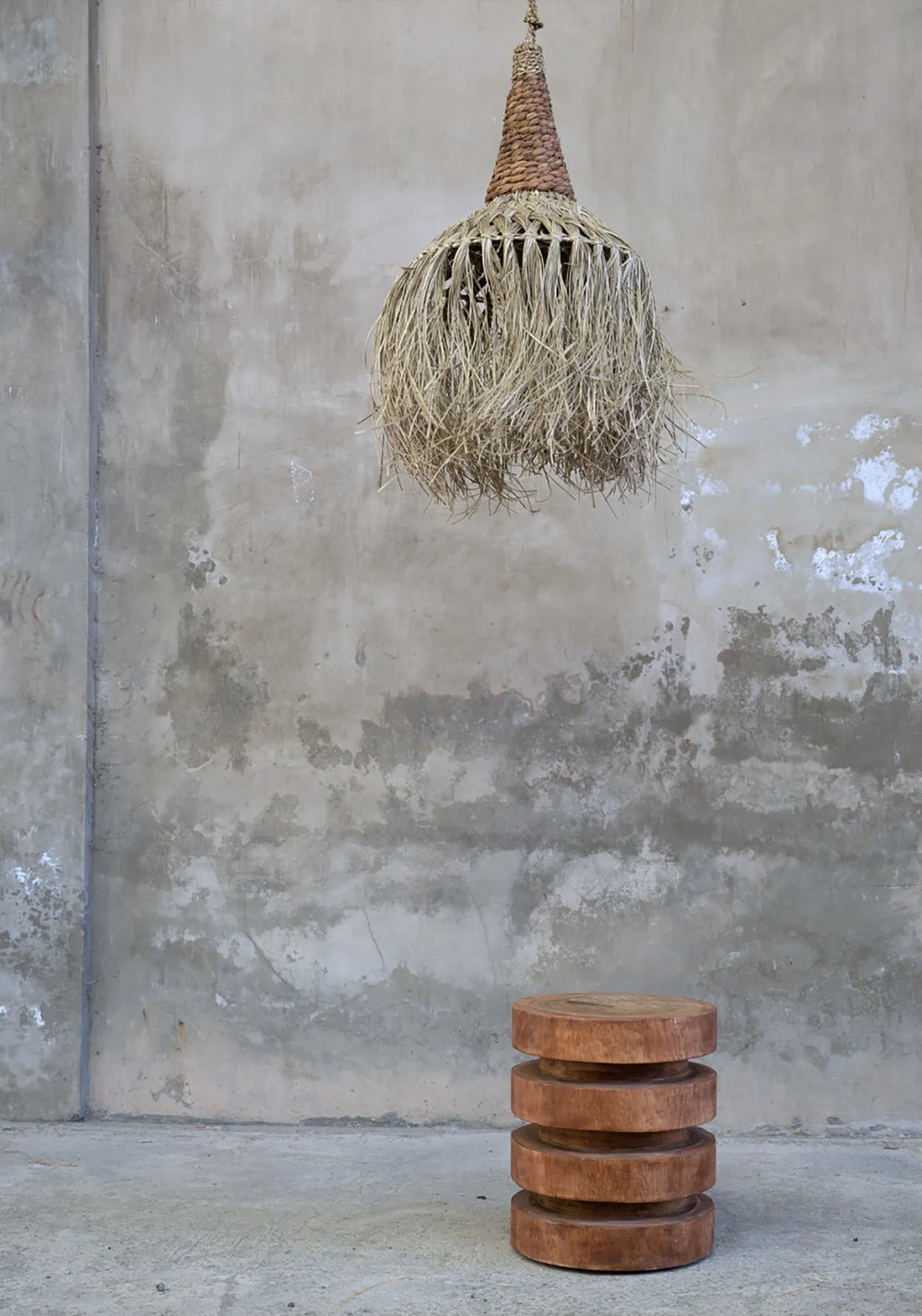
Texture
Texture goes beyond mere appearance; it plays a crucial role in defining the atmosphere of a space. Smooth or reflective textures, like high-gloss finishes, can create an illusion of spaciousness by bouncing light around the room, enhancing the perception of size. In contrast, matte or rough textures absorb light, promoting a sense of intimacy. Texture not only offers a tactile and visual experience but also adds depth and dimension to a space. For example, a floor with varied textures can create layers and visual interest in an otherwise bland area. It is the key component that brings depth, dimension, and personality to your home, creating environments that feel vibrant, welcoming, and thoughtfully designed. Studies show that textures can influence our emotions and perceptions, yet they are frequently neglected until the later stages of interior design and renovation. In interior design, texture refers to the visual and tactile qualities of a surface. By incorporating a variety of textures in a room, you can evoke a wide range of sensations.
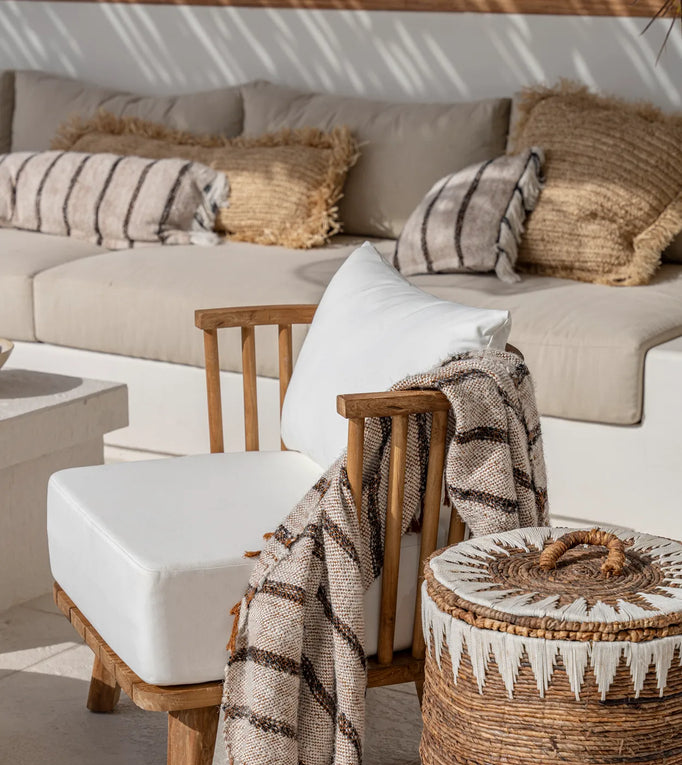
Pattern
The idea is to break up patterns with solid colours by placing pieces or objects throughout the room, such as furniture and accessories. Too many patterns with a space can create confusion and disarray for the eye. Give the eyes a rest by introducing block colours in between patterns. Larger spaces can accommodate more patterns that smaller spaces depending on the layout or structure of the room. Try not overwhelm the senses with busy designs. Textiles such as velvet are a perfect addition to interesting patterns, which will immediately soothe the eyes.
Ask yourself if the pattern you love belongs in the space, does it integrate well with the other features and objects in the room? If the answer is ‘no’ then look at incorporating your design in another room, you may find that it belongs somewhere that you least expected. We often try to force designs and patterns in a space just because we love them, this is a common mistake that lots of us make. Be clear in your design plan and be intentional with your placement. This means making tough decisions through holistic visualisation. You want every room in your home to flow and intertwine, rather than be a chaotic mound of design elements that you love, all thrown in to a space randomly with no thought.
We hope this guide has helped to instigate those creative juices in your mind and has inspired you to start that design project you have been putting off for so long. Now you can have the confidence to start planning your design, and fall in love with your home again!








